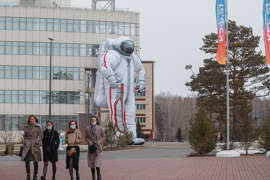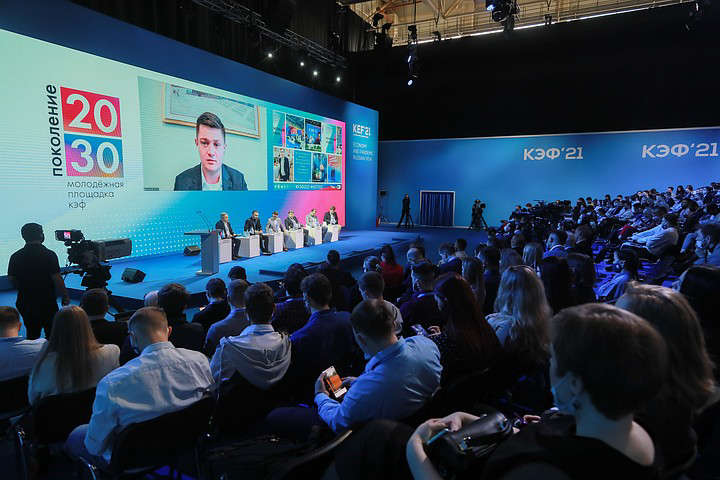
Space exploration became the main topic of the plenary session “Digital Transformation: A New Frontier in Space Exploration”.
Dmitry Loskutov, General Director of Glavkosmos JSC, spoke about ambitious projects that are planned for the next five years.
“We are increasing the number of launches into orbit and commissioning new satellites. This summer we expect the launch of a multifunctional module to the International Space Station, and later – the Prichal module and another scientific and analytical module. This will create opportunities for the independent functioning of the Russian segment of the ISS ”, – outlined the plans of the corporation Dmitry Loskutov. – “Soon an automatic station will go to the moon to test the technology of landing on the surface of its south pole. At the end of 2023, a new controlled spacecraft “Halo” will go into space, and in the part of the rocket industry, the launch of the “Angara” rocket is expected. “In the near future, we will launch a first stage rocket for the first time.”

The Angara family of launch vehicles and the Angara space rocket complex are named after one of the largest rivers in the Krasnoyarsk Territory, the Angara. They allow Russia to launch spacecraft of all types from its territory and provide our country with guaranteed independent access to space. The first SC “Angara” was created at the Plesetsk cosmodrome, the second is planned at the Vostochny cosmodrome.
Recall that the Krasnoyarsk Economic Forum is held from 12 to 16 April and traditionally begins with a youth platform. This year, the Generation Youth Playground is timed to coincide with the 60th anniversary of manned space flight. During the plenary session of the site, its participants, guests and experts were greeted by Russian cosmonauts from the ISS.

